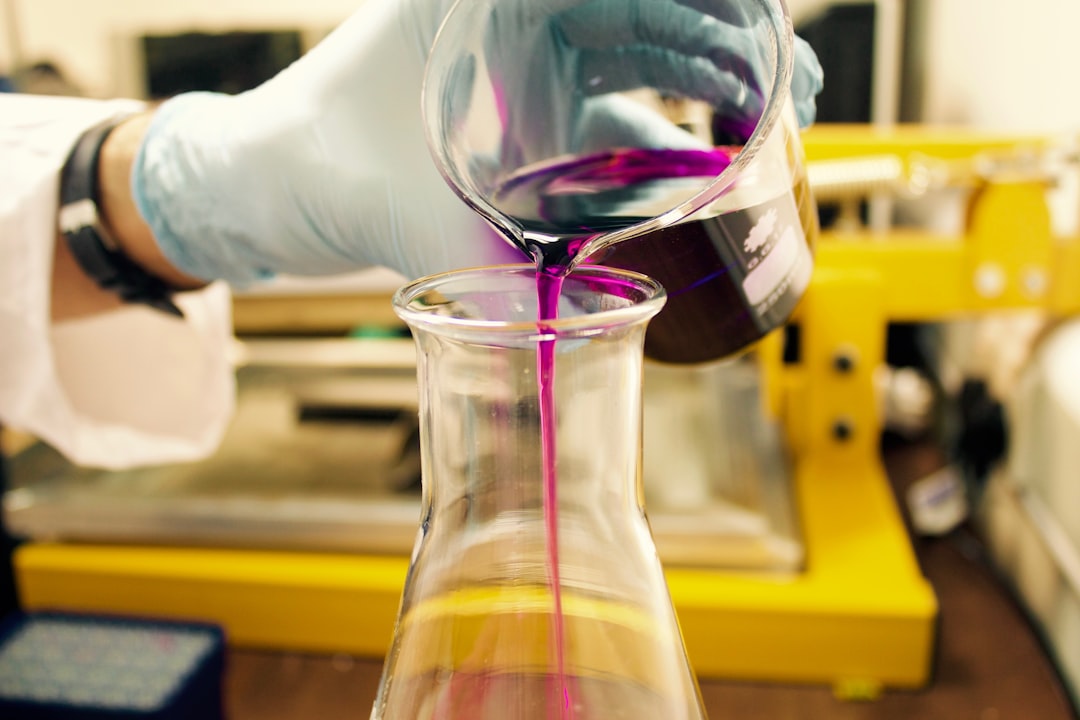What is it about?
Amperometry and constant-current potentiometry were used to follow the course of catalytic titrations of silver(I), palladium(II), and mercury(II) with potassium iodide. The Ce(IV)As(III) and Ce(IV)Sb(III) systems in the presence of sulphuric acid were used as indicator reactions. The possibilities of application of platinum, palladium, gold, graphite, and glassy-carbon indicator electrodes were investigated. Graphite appeared to be somewhat more advantageous than the other electrode materials. The effect of concentration of the components of the indicator reactions, the presence of organic solvents and acids on the shape of the catalytic titration curves was studied. Amounts of 30–3000 μg of silver(I) nitrate, 90–900 μg of palladium(II) chloride, 130–1300 μg of mercury(II) chloride, and 150–1500 μg of mercury(II) nitrate were determined with a relative standard deviation less than 1.0%. The results obtained were in good agreement with those of comparable methods. The catalytic titration method developed was applied to determination of mercury in Unguentum Hydrargyri.
Featured Image
Read the Original
This page is a summary of: Catalytic amperometric and catalytic constant-current potentiometric titrations of silver(I), palladium(II) and mercury(II), Talanta, September 1980, Elsevier,
DOI: 10.1016/0039-9140(80)80167-6.
You can read the full text:
Contributors
The following have contributed to this page










